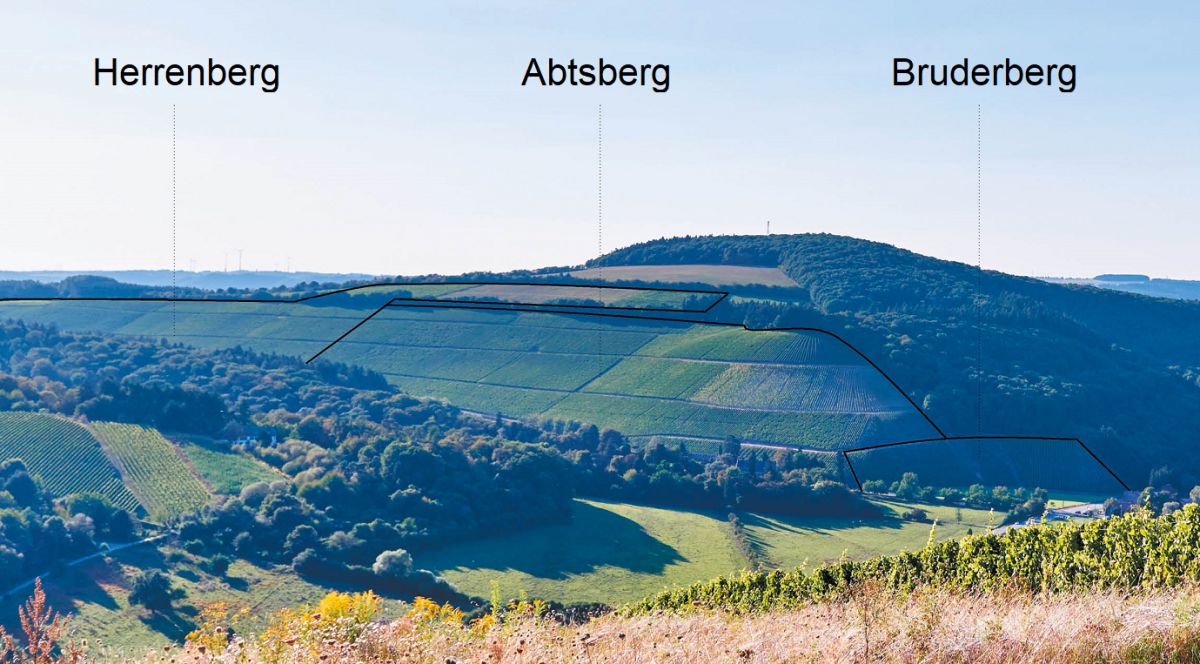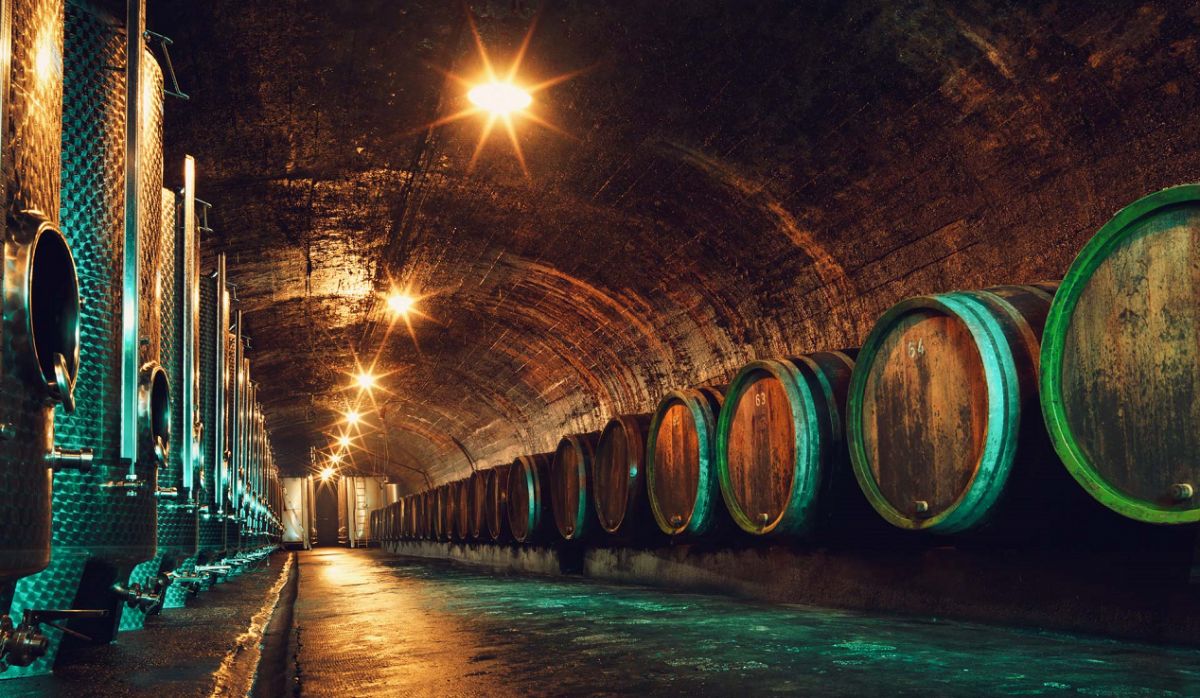currently 165,705 Wines and 25,036 Producers, including 3,204 classified producers.
 0.75 L
0.75 L
 0.75 L
0.75 L
 0.75 L
0.75 L
 0.75 L
0.75 L
 0.75 L
0.75 L
 0.75 L
0.75 L
This traditional winery is located in the municipality of Mertesdorf (Ruwer area) on the outskirts of Trier on the Grüneberg in the German Moselle wine-growing region. According to a deed of donation by the Frankish king Dagobert I (608-639) from 633, it is attested that the Trier Benedictine monastery of St. Maximin already owned buildings, vineyards and land in Mertesdorf at that time. This was then confirmed in 966 by Emperor Otto I (912-973), the successor of Charlemagne (742-814). However, a large part of the vineyard was not created until later. Maximin Grünhaus was farmed by the Benedictine abbey until 1802. In the course of secularisation under Napoleon (1769-1821), the farm was under French administration until 1810. In that year, after an auction, the first secular owner bought the estate, which was then acquired by the great-great-grandfather of the current owner in 1882. Since 1981, the estate has been run by Maximin von Schubert, son of Dr. Carl von Schubert, in the sixth generation of the family.

The closed vineyard site Maximin Grünhaus on the southern slope of the Grüneberg comprises 34 hectares of vineyards planted with the varieties Riesling (90%), Pinot Blanc (6%) and Pinot Noir (4%). The name "Grünhaus" (on the Grüneberg) is presumably derived from the veins of diabase (greenstone), a marble-like greenish volcanic rock, which occur sporadically here. In addition, the old monastery building was coloured green for centuries. The area consists of the three individual sites (from left to right in the picture) Herrenberg, Abtsberg and Bruderberg, which differ quite clearly in soil type. In terms of quality, they correspond to the monastery hierarchy of Brüder (wine for the simple monastic brother), Chorherren (wine for the Maximiner canons) and Abt (wine for the abbots of St. Maximin Abbey). All three have been in the monopoly possession of the family since 1882.

The southeast to southwest-facing Abtsberg, in the form of a hilltop at an altitude of 140 to 270 metres above sea level with a slope of 40 to 75%, covers 14 hectares of vineyards. It was first mentioned in a document in 966. However, viticulture was probably practised here as early as the fourth century. This part lies in a side valley of the Ruwer. It is considered the winery's most renowned site. In addition to Riesling, Pinot Noir is also grown here. The subsoil consists mainly of bluish Devonian slate. The best plots are located in the centre. The continuous area of the Abstberg forms a flowing transition to the Herrenberg. The soil tends to be shallower and more skeletal than in the Herrenberg, which is reflected in the pronounced minerality of the wines. The wines are characterised by extreme longevity.
The southeast-facing Herrenberg, 190 to 290 metres above sea level, with slopes ranging from 20 to 60%, covers 19 hectares. In addition to Riesling, Pinot Blanc is also cultivated here. The part adjoining the Abtsberg is very similar to it in terms of soil type and orientation. The rear part is cooler, less steep and is surrounded by the Grüneberg forest. Here, too, Devonian slate dominates, which appears reddish in the Herrenberg. In the past, the wines were somewhat overshadowed by the Abtsberg wines. Today, due to changing climatic conditions, the Rieslings from the two sites are equal in quality. The wines also have an extraordinary capacity for development and can mature for decades.
The Bruderberg, which faces east to southeast at an altitude of 140 to 170 metres above sea level with a slope of 50 to 70%, covers only one hectare with Riesling. It is crossed by a well-preserved Roman water conduit. As in the Abtsberg, bluish Devonian slate dominates. The adjacent forest provides strong protection from the north-west cold. An early morning sun as well as an early evening shadow make it the coolest site of the winery, where racy, lively Rieslings are produced.

The wines are fermented spontaneously with natural yeasts from the vineyards and cellars and are matured in the cool cellars, mainly in traditional large oak barrels. The historic label shows the coat of arms of the von Schubert family and a view of Grünhaus with the vineyards.The winery is a member of VDP (Verband Deutscher Prädikatsweingüter), die Güter and has been certified as a sustainable winery with the Fair'n Green seal since spring 2023.